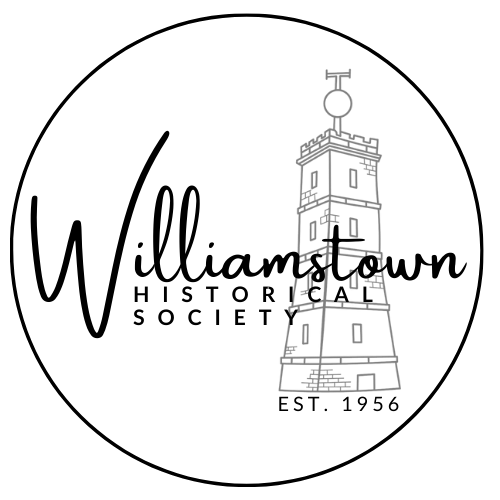How the Quilt was made

Signatures from the Front, WWI Patchwork Signature Quilt
The quilt contains just over 1,500 signatures. The signatures include many local Victorians who paid six pence for their names to be embroidered on the quilt along with hundreds of signatures collected by Captain Hansen, often with rank and battalion included.
The quilt is constructed from 73 separate calico pieces, mostly square in shape, although there are four that are triangle shaped, and none are identical in size. They each roughly measure 20 x 20 cm, and each individual calico ‘square’ is edged in a red cotton material, but the edging is also not consistent.
The quilt is either six or seven squares across and eight or nine squares down, with the majority of the squares placed on their points. The overall measurement of the quilt itself is 220.0 x 169.0 cm irreg. and measures 231.2 x 184.0cm framed.
Each square is hand-embroidered featuring the signatures or names of mainly Victorian residents. It also includes many serving members from the 14th Battalion and signatures or names of nurses, doctors, mechanics, drivers, clerics and many members of other battalions. The names have been embroidered using red embroidery cotton or in a few cases, white and gold embroidery cotton. The stitches that have been used to create the signatures are predominantly stem stitch, but some squares do include satin stitch. However, various thicknesses of thread, the different script of the signatures as well as the different hands embroidering the names, give each square a uniqueness. All of the inscriptions have been transcribed into an alphabetical spreadsheet as accurately as possible and can be found on the website of the Williamstown Historical Society.
Each of the squares has been machine-pieced onto a single piece of off-white twill fabric, most likely calico, hemmed at the top and bottom with selvedge edges on the two sides. The top edge originally had five hanging loops hand sewn to it for it to be hung by a rod for display but these have since been removed. There is no wadding between the backing cloth and the embroidered squares. The upper embroidered squares have been machine-sewn directly onto the backing cloth.
We assume the quilt was finally pieced together once all of the squares had been completed, most likely at the end of World War I given all four theatres of war along with their dates, have also been embroidered onto blank spaces of the backing calico showing between the squares:
Egypt 1914-15
Gallipoli 1915
France 1916
Germany 1918-19
Looking at the layout of the quilt it can be seen that the design must have begun with the central square and then four other squares were set symmetrically towards each corner and bordered in a thicker red binding. Each of these four squares has four blank spaces of the backing cloth radiating from each of their points. The remaining squares have all been placed and sewn onto the backing cloth on their points. It may be that the five squares on the bottom row were added after the quilt had finished being pieced together as these squares hang below the bottom edge of the backing cloth.
Researched and written by Jennie Moloney, Williamstown Historical Society, 2023










